Ceramic Filter Foundry
Ceramic Filter Foundry Structure
Three-dimensional network uniform skeletal structure in white
Ceramic Filter Foundry Characteristics
It can effectively remove large inclusions in aluminum liquid and adsorb micron-sized fine inclusion particles, which can improve surface quality, improve product performance, improve microstructure and improve yield. It is widely used in the production fields of aluminum profiles, aluminum foils, and aluminum alloys. 1. Clean the filter box.
2. Gently put the Ceramic Filter Foundry into the filter box and press the sealing gasket around the filter plate by hand to prevent the aluminum liquid from flowing.
3. Evenly preheat the filter box and Ceramic Filter Foundry to bring it close to the temperature of the aluminum liquid. Preheat to remove moisture and facilitate initial transient filtration. Preheating can be carried out using electrical or gas heating. Under normal circumstances, it takes about 15-30 minutes.
4. Pay attention to the change of aluminum hydraulic head during casting. The normal starting pressure head is 100-150mm. When the aluminum liquid begins to pass, the pressure head will drop below 75-100mm, and then the pressure head will slowly increase.
5. During the normal filtration process, avoid knocking and vibrating the filter plate. At the same time, the launder should be filled with aluminum water to avoid too much disturbance of the aluminum water.
6. After the filtration is finished, remove the Ceramic Foam Filter in time and clean the filter box. Product specifications and models
This standard refers to the model number of the product, which is represented by the current customary name P. The number in front of the English letter P represents the hole density of the product and corresponds to the uniformity of the pores. For example, model 10P, which means a foam ceramic filter product with a pore uniformity of 7 to 13 holes on any 25.4 mm length.
Aluminum and aluminum alloy production processes often use 178x178x50mm, 230x230x50mm, 305x305x 50mm, 381x381x50mm, 432x432x50mm, 508x508x50mm, 584x584x50mm, a total of seven major specifications of ceramic foam filter products. Other specifications and models are required. Both supply and demand can be negotiated by both parties.
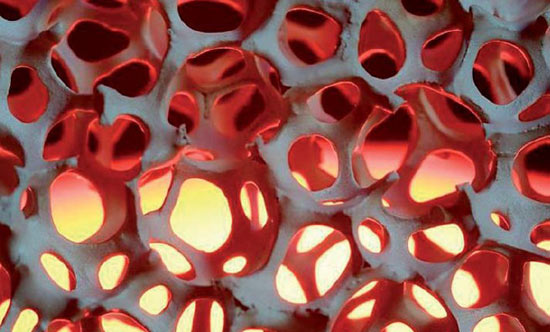
Dimensions and shape deviation of Ceramic Filter Foundry
For the size and shape deviation of the foam ceramic filter plate, we mainly consider the side length tolerance which has a great influence on the use of the Ceramic Foam Filter. Diagonal length tolerance The plane gap thickness tolerance The deviation of the inclination angle is 5 indicators. The following dimensions of the filter plate are allowed to vary by ≤381mm 381mm~430mm ≥430mm side length tolerance, mm ±3 ±4 ±5 diagonal length tolerance, mm ±5 ±7 ±9 plane clearance, mm ≤3 ≤6 thickness tolerance, mm ±2 allowable deviation of side angle ±1° Note 1: Diagonal deviation refers to the difference between the lengths of two diagonal lines on the large surface of the filter plate;
Note 2: The plane clearance is to place the large side of the filter plate on the platform, and measure the gap between the filter plate and the platform;
Note 3: The side bevel angle refers to the angle between the side bevel and the large face.
Note 4: The filter plates are all products with a theoretical thickness of 50 mm and a side bevel angle of 17.5°. Transmittance refers to the effective filtration area of the foam ceramic filter plate product. The higher the light transmittance, the less blind holes are, and the more effective the filter holes (potholes), the better the filtering effect.
The foam ceramic filter plate to be inspected is placed on a light box with a built-in 200W incandescent bulb.
And a square transparent plastic plate with a uniform 5.0×5.0 mm square is used to measure the light transmissive area of the large surface of the filter plate, thereby calculating the test.
The light transmittance of the filter plate is used to determine the light transmittance of the filter plate.
In this standard, the light transmittance (through hole ratio) of the filter plate is specified to be 95% or more.
Porosity is the percentage of the total volume of the cavities in the filter plate product to the total volume of the filter plate product.
The porosity determines the filtration capacity of the foam ceramic filter plate per unit volume.
The larger the porosity, the larger the filtration flow rate of the filter plate and the stronger the filtration capacity, and vice versa.

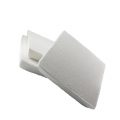
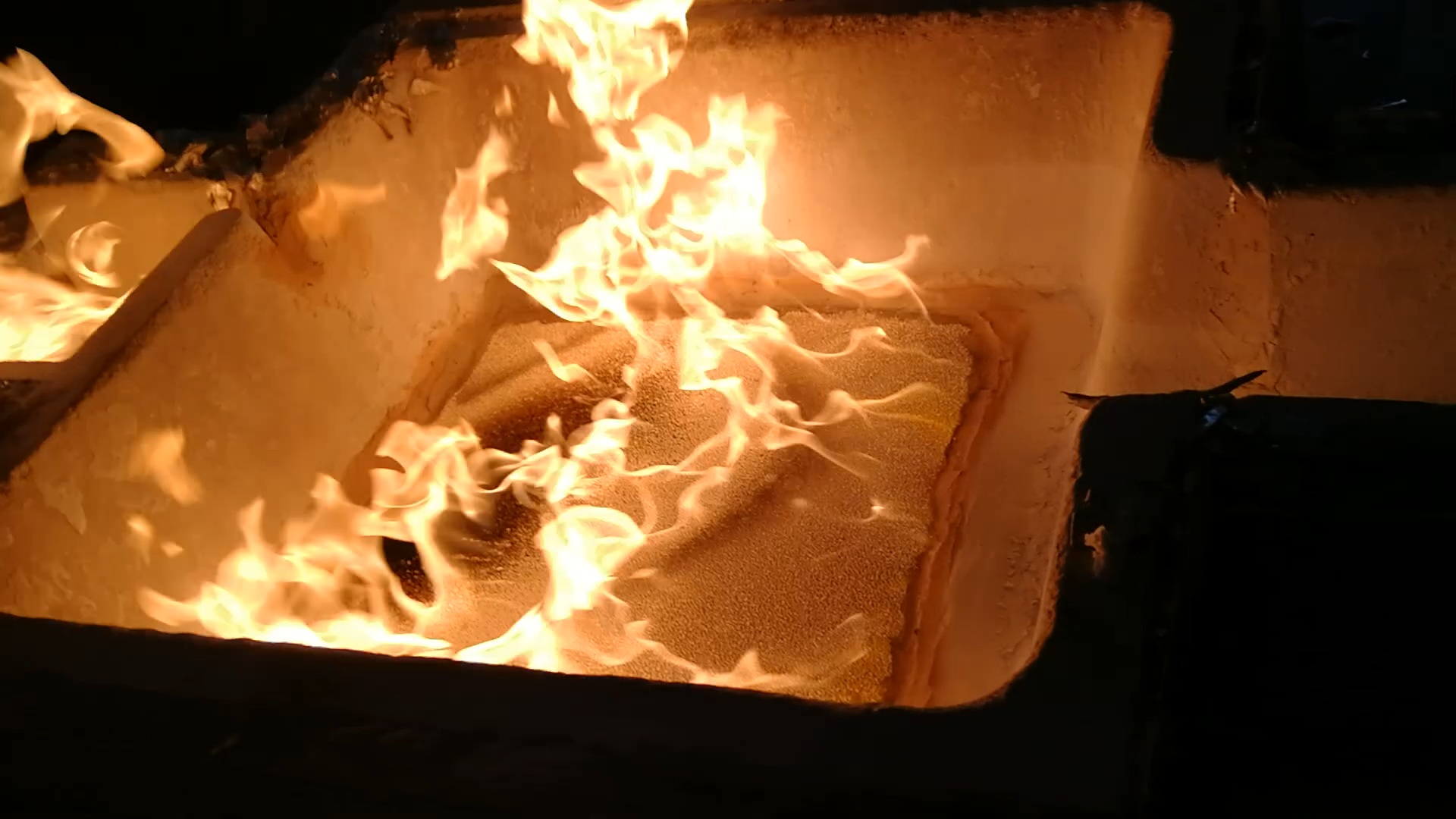
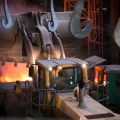
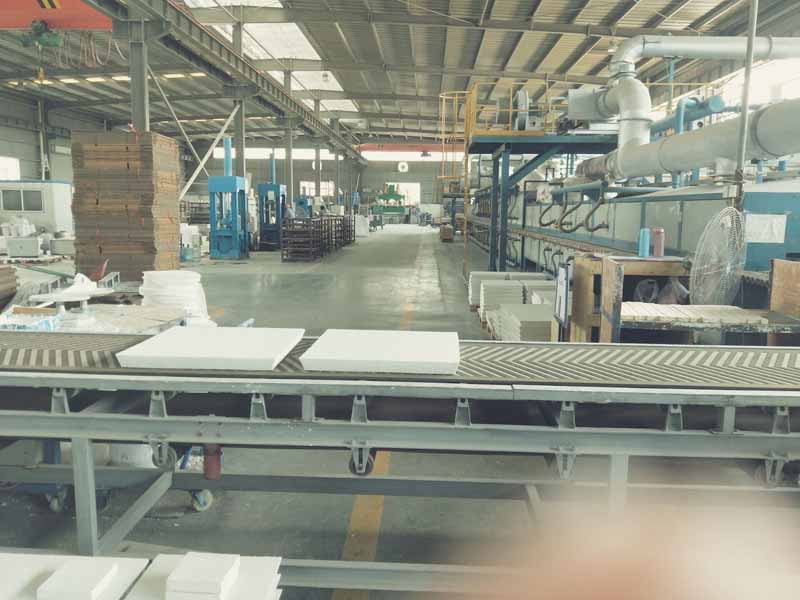
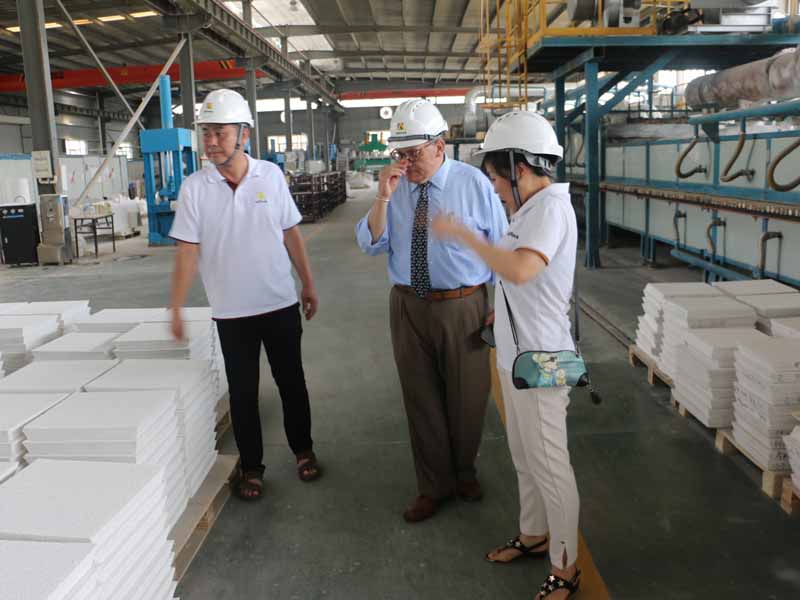
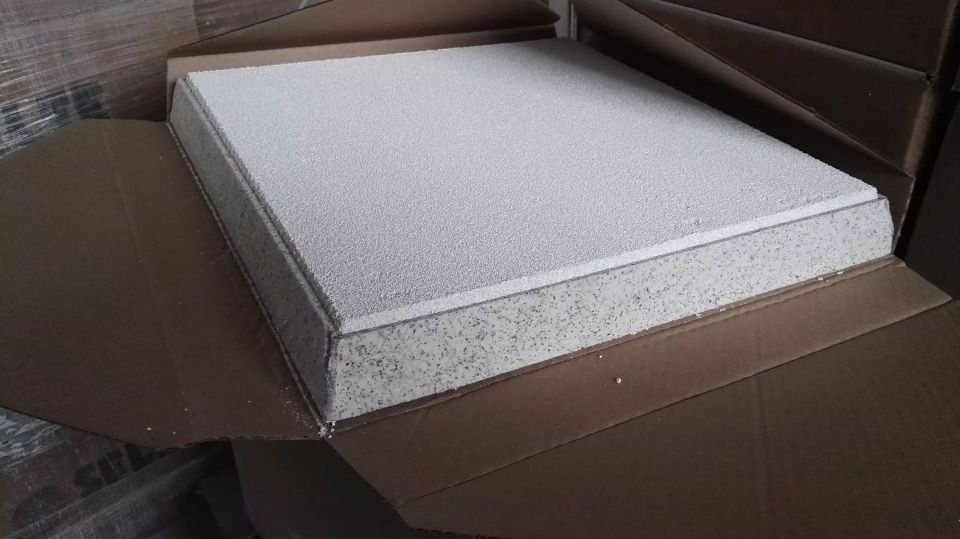
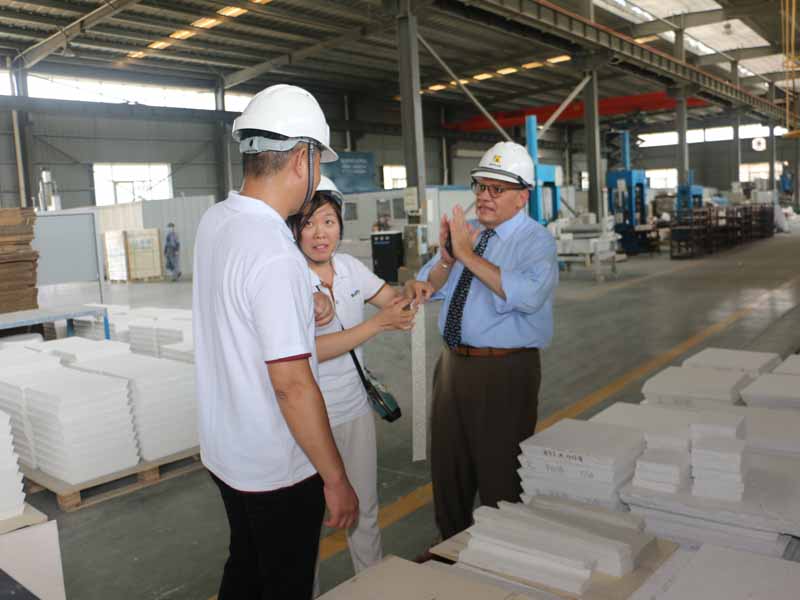
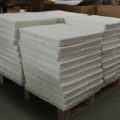
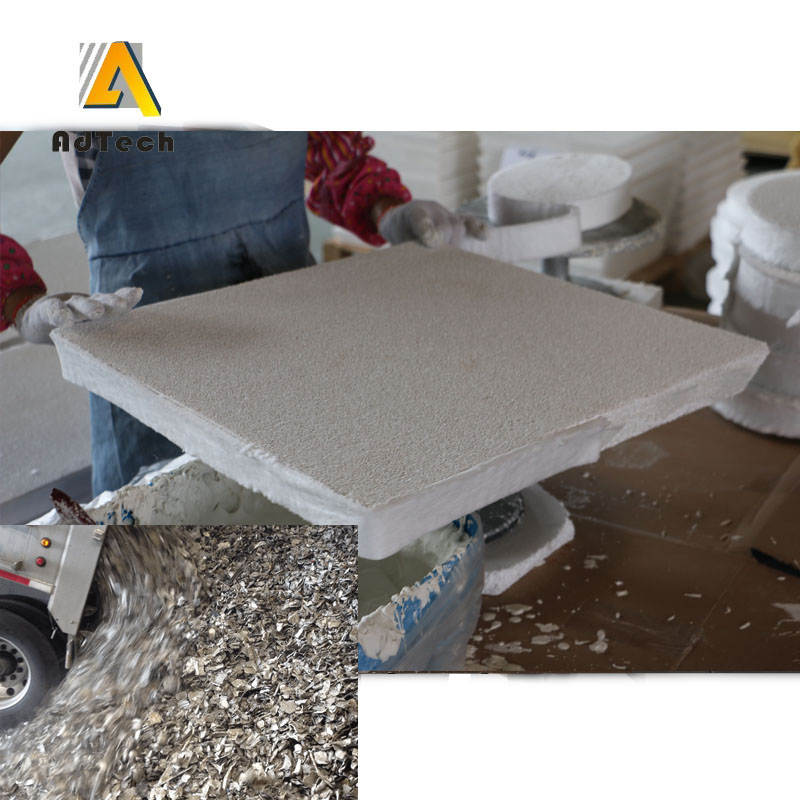
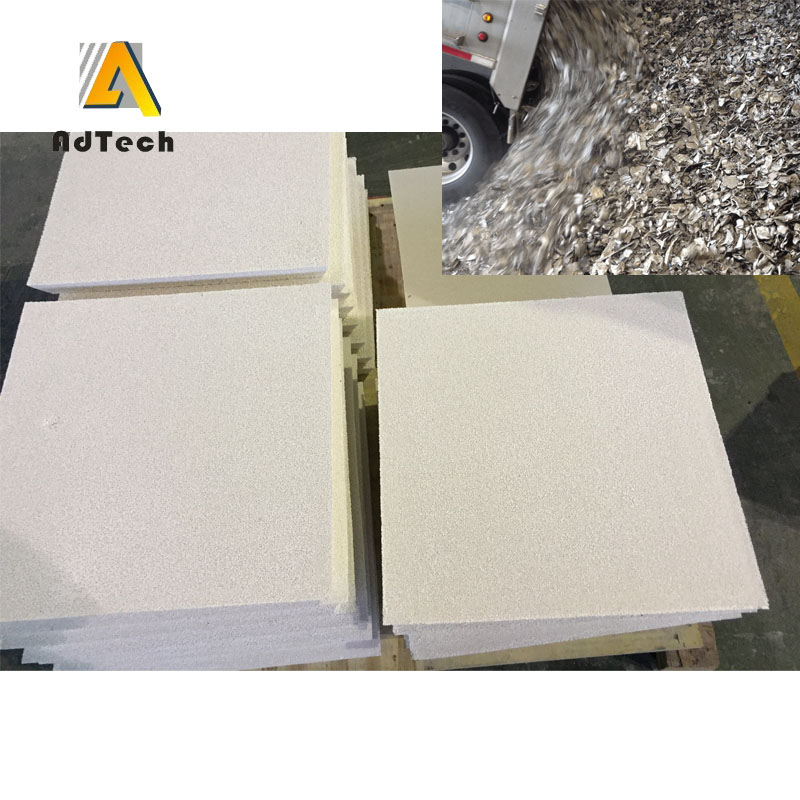
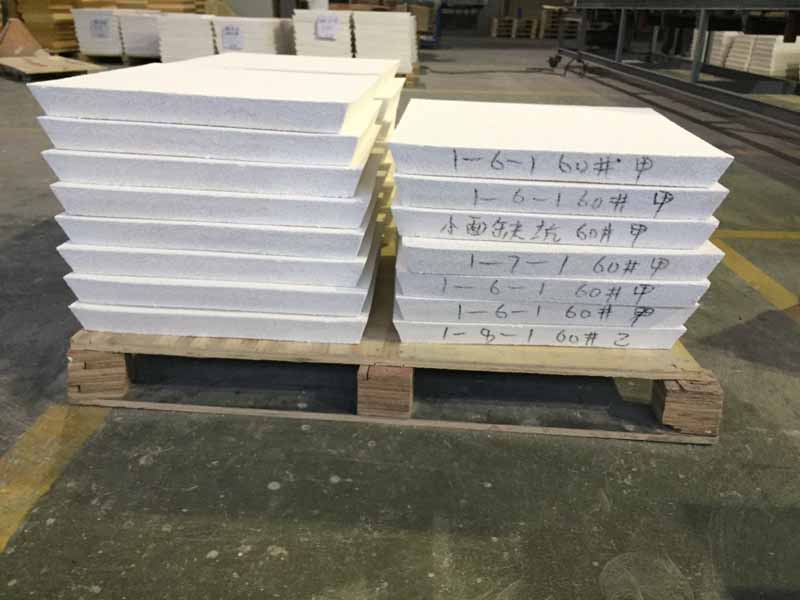
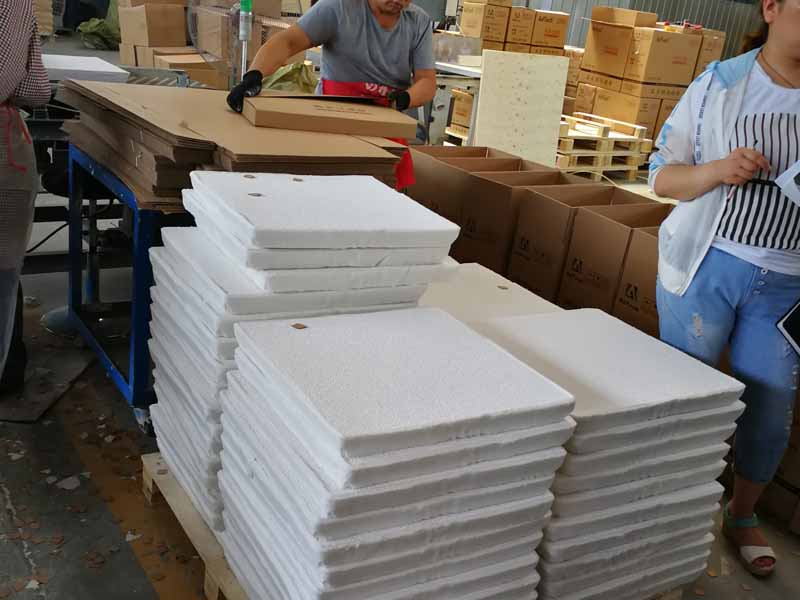
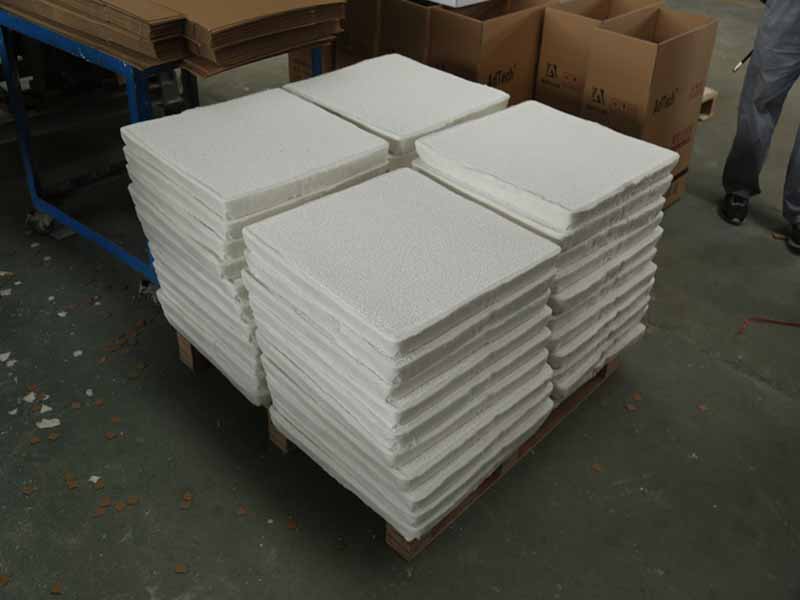
[…] filter plate filters molten aluminum, the molten aluminum flows through the tortuous holes of the Ceramic Filter Foundry, and the non-metallic impurities and oxide film (commonly known as slag) in the molten aluminum are […]